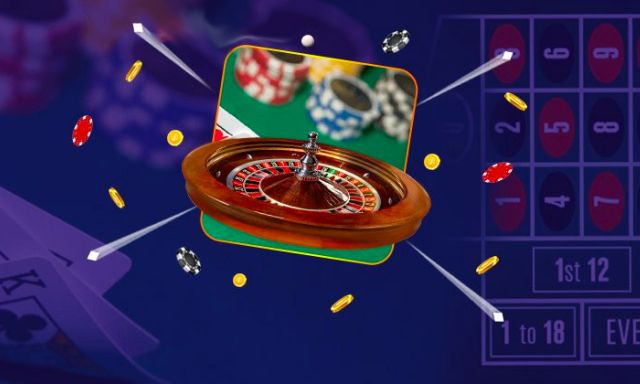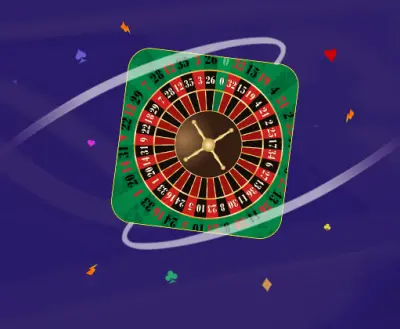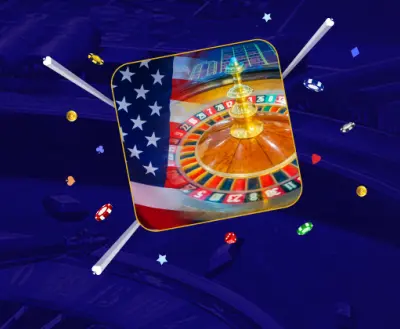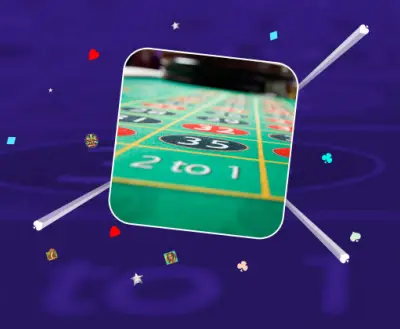French Roulette: Overview, Rules and Bet Types
Key Takeaways:
- French roulette is a popular variant of the game, distinct from European and American versions, with a lower house edge of 2.7%.
- The French roulette wheel has 37 pockets, including a single zero and numbers 1-36, resulting in a lower house edge compared to the American version.
- The French roulette table layout is unique, with high or low, even or odd, and red or black bets placed on opposite sides of the betting area.
- French roulette features two exclusive rules: En Prison and La Partage, which can either return half of the stake or provide a complimentary repeat bet.
- Players can place a wide range of bets in French roulette, including basic bets, multiple bets, and advanced bets exclusive to French tables.
- Various strategies, such as the Martingale, Constant Bet, D'alembert, Paroli, and Labouchere systems, focus on bankroll management and don't guarantee better odds.
- PartyCasino offers a variety of online French roulette options, including live versions, bonuses, and various tournaments for players to enjoy.
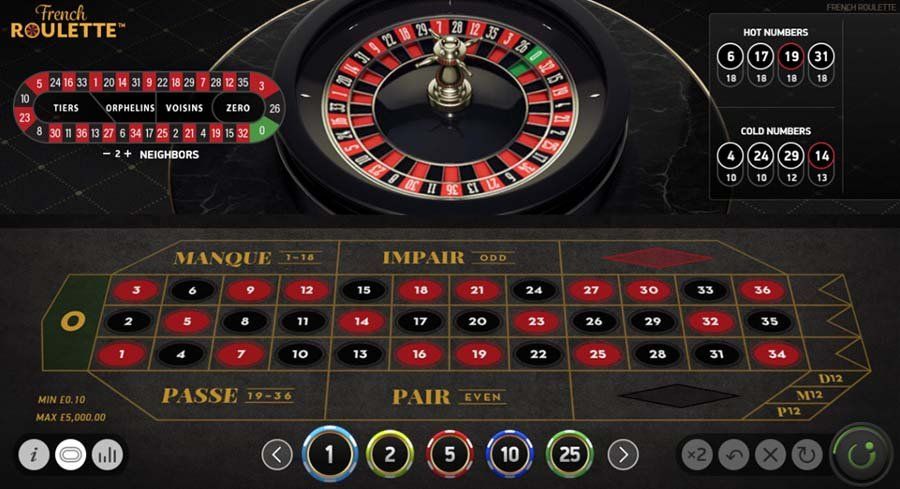
Roulette enthusiasts are typically acquainted with European and American versions of the game. However, French roulette, a distinct and popular variant, also deserves attention. Although it shares several characteristics with European roulette, there are noteworthy differences between French and American roulette.
In this article, we'll delve into French roulette rules, the wheel layout, and some commonly employed strategies. Join us as we explore the world of French roulette!
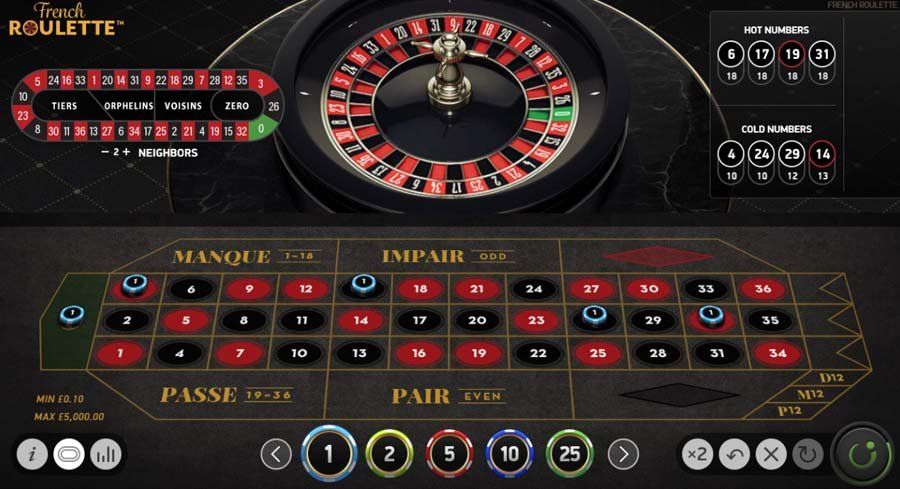
Distinguishing French Roulette from Other Variations
French roulette ranks as the third most popular roulette variant, played in both brick-and-mortar and online casinos worldwide. With a house edge of 2.7%, French roulette's probability is on par with its European counterparts.
A key difference between French roulette and other variations is the board layout, which appears denser than alternative options. This modification comes with two unique rules, adding an entertaining twist to the game!
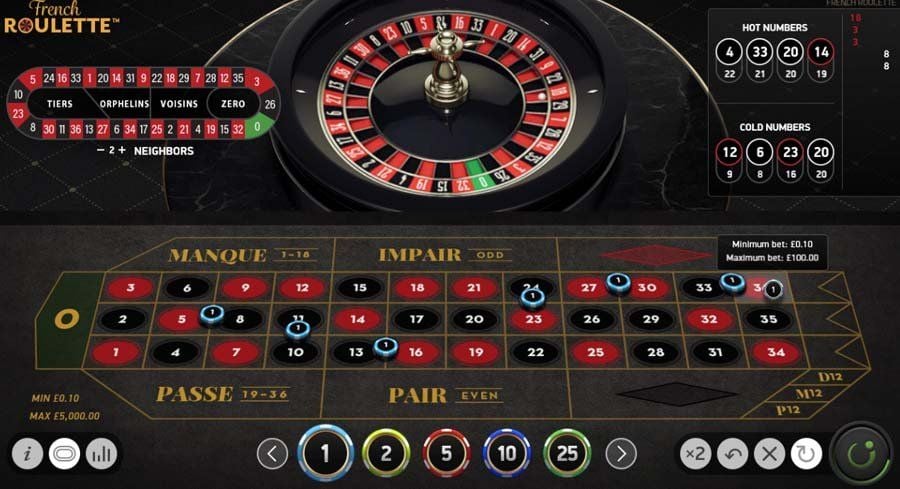
The French Roulette Wheel
The French roulette wheel's lower house edge compared to the American version results from the presence of only one zero slot. The single zero, with a green background, sits between numbers 26 and 32.
In total, a French roulette wheel features 37 potential outcomes, including the aforementioned zero and numbers 1-36. To the left of the zero pocket, players will find a combination of high black and low red numbers, while the opposite is true for the other side.
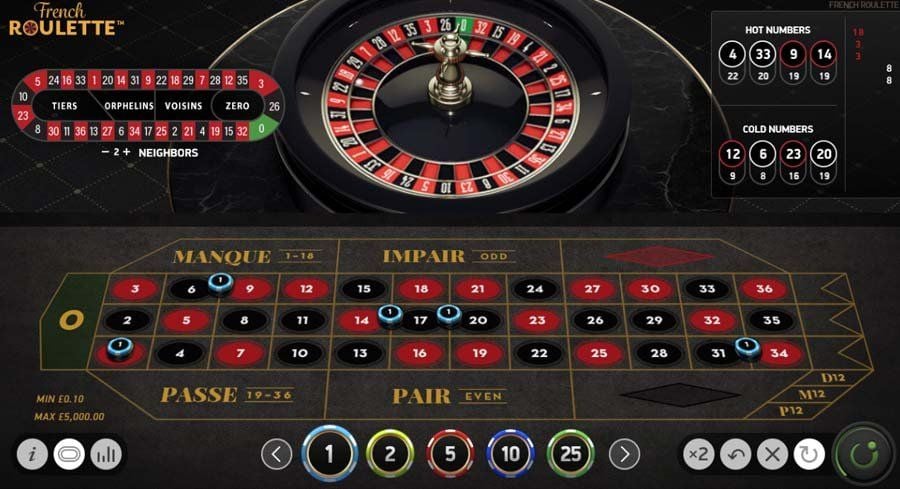
The French Roulette Table
As mentioned earlier, the French roulette table differs from other variants, but how? Firstly, high or low, even or odd, and red or black bets are placed on opposite sides of the betting area, unlike in American and European versions where they are positioned adjacent to each other.
Additionally, Dozen bets are labelled as 'P12', 'M12', and 'D12', rather than '1st 12', '2nd 12', and '3rd 12'. Despite the alternate terminology, the odds remain the same.
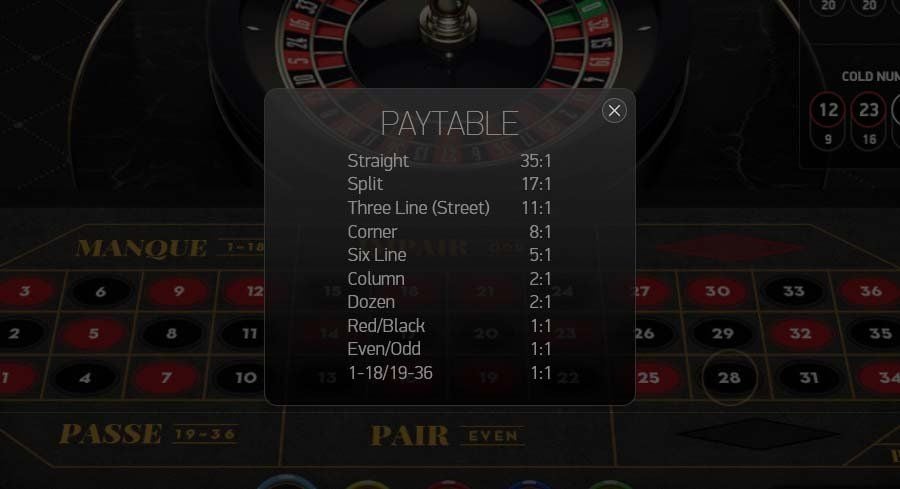
Exclusive Rules of French Roulette
A primary attraction for players choosing online French roulette is the incorporation of two special rules. These rules can either return half of the stake or provide a complimentary repeat bet, depending on the player's choice. The following two rules apply exclusively to French roulette:
En Prison Rule
The first unique French roulette rule is 'En Prison' or 'In Prison'. If the ball lands on zero while an outside bet is active, players can choose between receiving half of their stake back or repeating their previous bet at no cost.
La Partage Rule
The second rule, 'La Partage' or 'To Share', applies to all even money bets like red or black. If the player loses due to the ball landing in the zero pocket, half of the bet is returned. Not all French tables have this rule, but when present, it can reduce the house edge to 1.30%.
French Roulette Betting Options
French roulette offers a wide range of betting options, many of which are shared with European and American variants. However, some are exclusive to French tables. Let's take a closer look!
Basic Bets
Several simple bets are available to players opting for French roulette. Although these bets have a higher probability of success, they generally offer lower odds.
Red or Black
Red or Black is a popular roulette table bet. Players simply wager on the colour of the number chosen by the ball. In the absence of special French roulette rules, the probability of this bet is 48.60%. If the prediction is accurate, players receive a 1:1 payout.
Even or Odd (Pair or Impair)
Pair or Impair translates to 'Even or Odd'. This bet is another example of an 'even money' bet, with the same odds and probability as red or black. If the table features the unique French roulette rules, this bet is covered by 'La Partage'.
High or Low (Passe or Manque)
The last simple bet is 'Passe or Manque', equivalent to the 'High or Low' bet. Players predict whether the chosen number will be above or below 18. The direct translation of 'Passe or Manque' is 'Pass or Fail', indicating whether the selected number passes or fails to reach 18. The probability is 48.60%, and the odds are 1 to 1.
Multiple Bets
Multiple bets, as the name suggests, cover several numbers. When playing online French roulette, players have a vast selection of multiple bets to choose from:
Dozen
The Dozen bet covers 12 different numbers, with a probability of 32.43%. Players can choose to cover numbers 1-12, 13-24, or 25-36, all of which pay out at a rate of 2 to 1, or 3x the bet size.
Column
Column bets are similar to dozen bets, also covering 12 numbers. However, these numbers are non-consecutive. Players can place bets on the top column, middle column, or bottom column, located on the right side of the board. The probability and odds remain at 32.43% and 2 to 1, respectively.
Double Column
This simple bet covers two columns, with double the probability of a single column, at 64.86%. Potential winnings equal 1.5x the stake size. Players can choose which two columns to cover during each spin.
The First Four
The First Four bet covers numbers 0, 1, 2, and 3. If this bet is successful, players receive an 8 to 1 payout.
Street or Cross
For a street bet, the chip is placed at the bottom of the board, covering the three numbers above it. The payout is 12x the stake size, or 11 to 1 in terms of odds.
Split Bet (Cheval)
A split bet occurs when a chip is placed between two numbers. If the ball lands on either number, players receive a 17 to 1 payout.
Straight Up
A straight-up bet is placed on a single number. If the player correctly predicts the pocket in which the ball falls, the payout is 36 to 1.
Announced or Advanced Bets
Some advanced bets are exclusive to French roulette tables. Often a combination of different bets, they offer varying odds depending on the winning number. Here are some popular examples:
Les Voisins Du Zero
This bet, translated as 'Neighbors of 0', covers 17 numbers ranging from 22 to 25 on the roulette wheel, with zero in the middle. The odds depend on which pocket the ball lands in.
Neighbours of a Number
With this bet, players select one number and cover it along with the two numbers on its left and right on the wheel. The bet covers a total of five numbers, with a payout of 6 to 1 of the total stake size.
Third of the Cylinder
Tiers du Cylindre (Third of the Cylinder) covers twelve numbers in a curve (33, 16, 24, 5, 10, 23, 8, 30, 11, 36, 13, 27) or a third of the wheel. It requires six chips and provides a 2:1 payout.
Orphelins
An Orphelins bet focuses on two sections of the wheel not covered by other combinations. It spans a total of eight numbers, with the odds depending on the selected number.
Jeu 0
This bet is similar to 'Les Voisins Du Zero', allowing players to cover the two numbers to the right of the zero pocket, along with four on the left. If the ball lands on 26, players receive a 36:1 payout. Any other winning number pays out at half this rate, or 18 to 1.
Final
Final bets revolve around the last digit of the chosen number. For example, if players pick 2, the numbers 2, 12, 22, and 32 are all covered. In this case, the odds are 8 to 1, with the French roulette probability sitting at approximately 10.81%.
French Roulette Tips and Strategies
There are various French roulette tactics that players use while playing the game. It's essential to understand that roulette is a game of chance, and no strategy guarantees better odds than another.
Martingale Strategy
The Martingale strategy involves doubling the bet size after a loss. This method primarily focuses on even money bets, including red or black, even or odd, and high or low.
Constant Bet Strategy
As the name suggests, the constant bet strategy involves maintaining the same bet size regardless of winning or losing outcomes. For example, if players decide to bet 1.00 per spin, this amount will remain consistent throughout their play.
Other strategies include the D'alembert, Paroli, and Labouchere systems. These strategies emphasise bankroll management, which can be further simplified by utilising betting limits. At PartyCasino, we provide a range of betting limits, including deposit limits and maximum bet caps. Mastering how to play French roulette is also crucial.
Play French Roulette Online at PartyCasino
At PartyCasino, we offer a wide range of online French roulette options for players. This includes live versions hosted by engaging and friendly dealers. We also provide bonuses applicable at the roulette table and various tournaments. Our offers are updated regularly, so don't forget to check the bonus page before playing!

